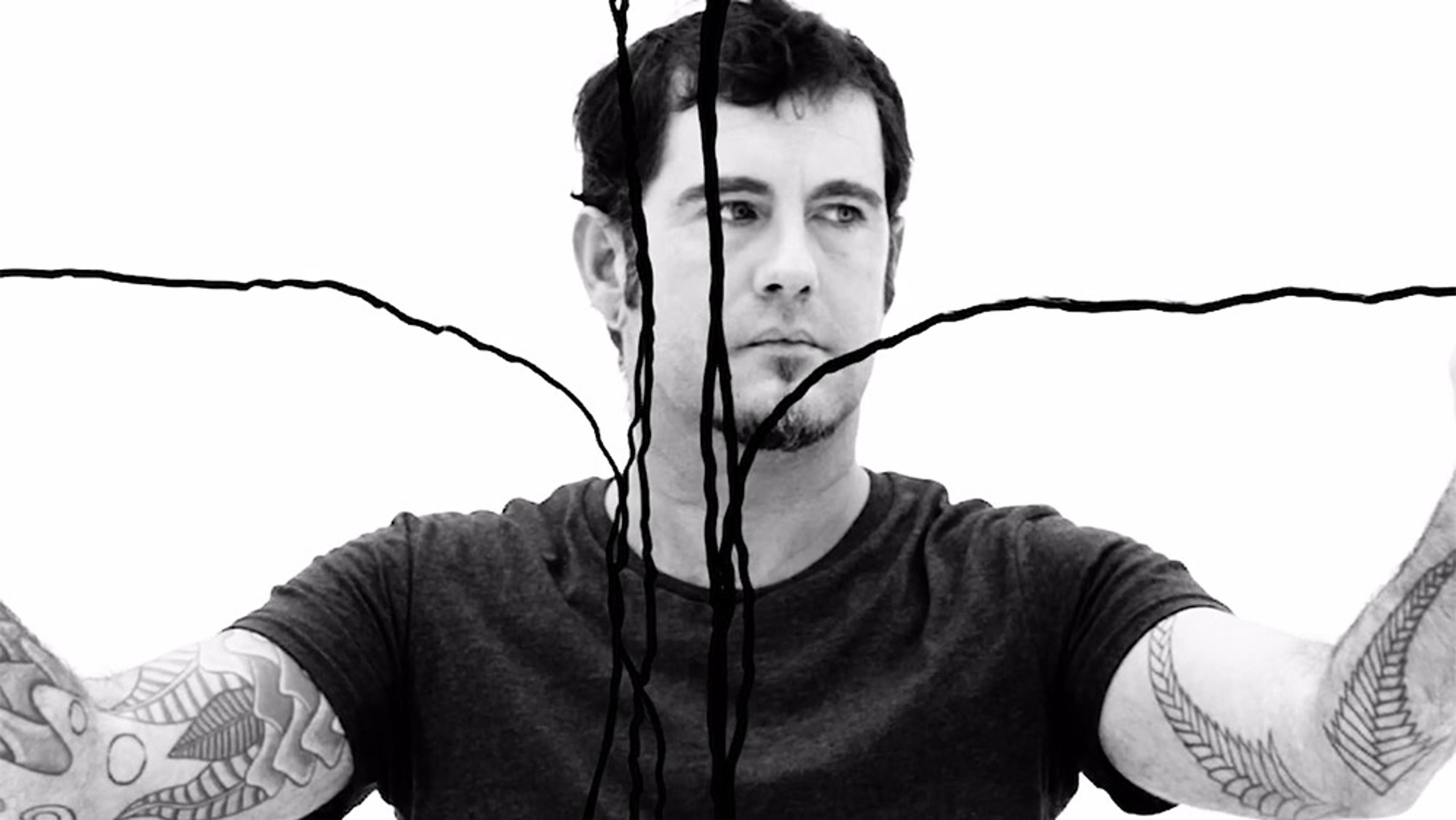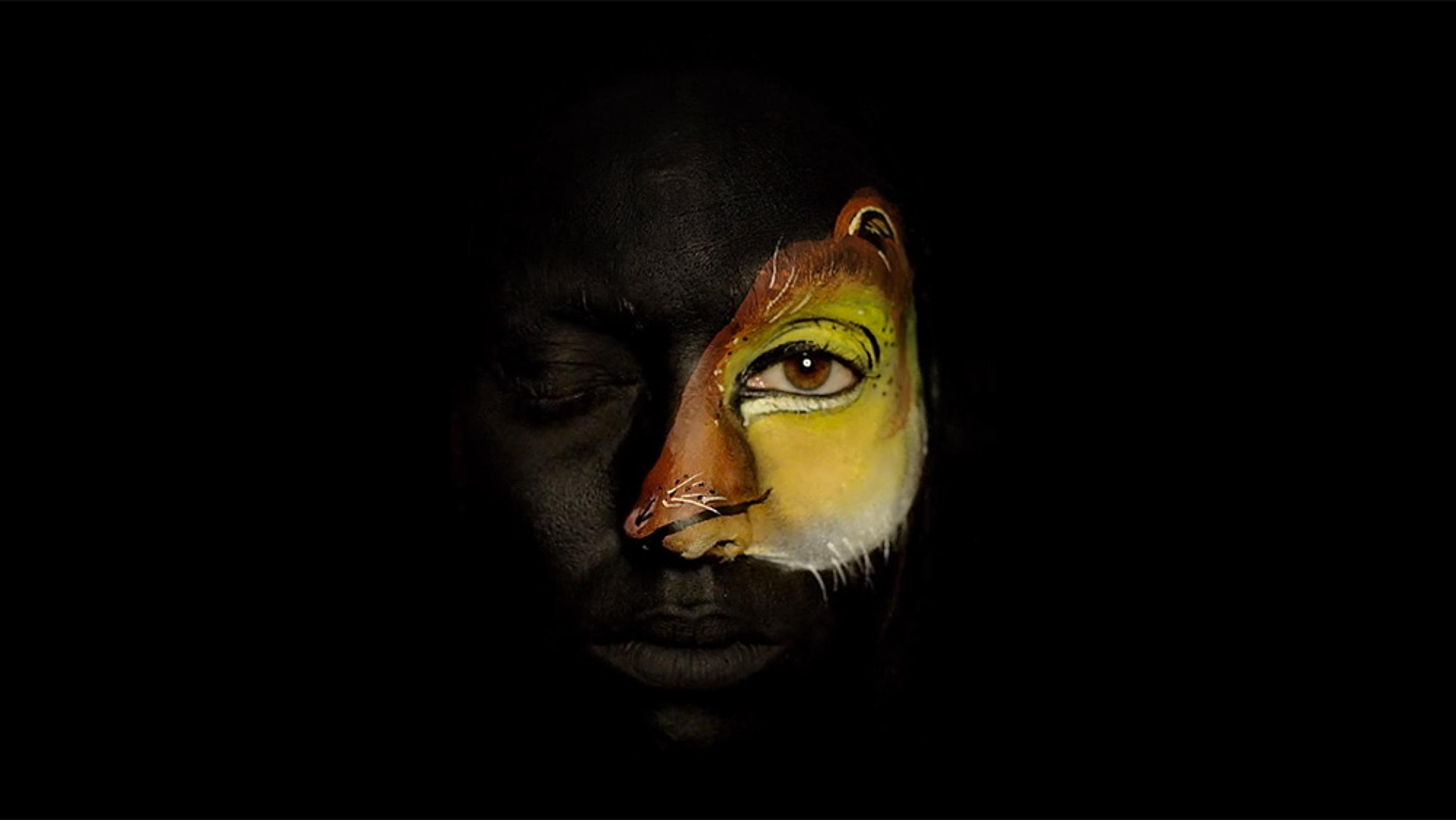Throughout history, the extraordinary complexities of the human body have frequently been expressed and interpreted through metaphor. In the early 20th century, the German physician and writer Fritz Kahn caught the attention of scientists and laypeople alike with his expressive illustrations pairing human physiology with the most advanced technology of the era: industrial systems. In his most famous illustration, Der Mensch als Industriepalast, or Man as Industrial Palace (1926), Kahn visualised the interior of the human body as a bustling chemical plant. Originally an interactive installation, this short video from the German animator Henning M Lederer breathes new life into Kahn’s illustration, augmenting the original image with mechanical movements and sounds. Lederer’s update offers a visually and conceptually rich melding of technology, biology and design, echoing a time when machinery permeated the collective consciousness in a manner quite similar to computing technology today.
The body as machine: first imagined in 1927, now brought to new, animated life
Video by Henning M Lederer

videoAutomation and robotics
Human as a process: What awaits us in the coming age of bio-enhancement?
3 minutes

videoBiology
Dive deep into an egg cell to see how ageing reboots when a new life begins
2 minutes

videoWork
The robots are coming… for our jobs! Why the human workforce is at risk
15 minutes

videoComputing and artificial intelligence
A jazzy 1972 history of the computer, from the designers Charles and Ray Eames
10 minutes

videoPhilosophy of mind
Freeing the ghost within: Cartesian mind-body dualism in art powered by disability
3 minutes

videoComputing and artificial intelligence
What do the terms ‘life’, ‘love’, ‘art’ and ‘god’ look like to an algorithm?
5 minutes

videoNeuroscience
What will we do when neuroimaging allows us to reconstruct dreams and memories?
4 minutes

videoEvolution
Cell growth simulations reveal life-like emergence in stunning digital art
5 minutes

videoFilm and visual culture
Our biological past and our technological future play out on a single human face
1 minute